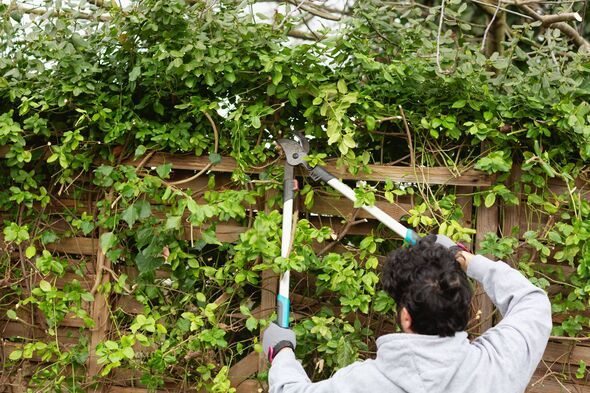
With the first day of spring fast approaching, plants are starting to enter into growth spurts - but one particular plant could end up causing you thousands of pounds in damage if you don't keep on top of it. Property experts at are warning homeowners of the potential dangers of
The current warmer temperatures and increased sunlight are accelerating ivy growth, making this the fastest-growing time of year for the These conditions encourage new shoots and leaf development, which can quickly overtake walls, fences and buildings and cause serious damage to your home. In spring, English ivy (Hedera helix) can grow rapidly, with a typical growth rate of 50 to 70cm per year. Even though it looks pretty, ivy can swiftly become a costly issue for homeowners, with property insurance typically not covering repairs caused by ivy damage.

An ivy survey and report will typically cost around £250, while professional ivy removal from house walls is usually £350.
For larger properties or areas requiring specialist equipment such as scaffolding, these costs can increase significantly.
If ivy has already caused damage to brickwork or mortar, Gaffsy warns that homeowners could face repair bills of up to £2,500.
If you want to try and remove ivy yourself, you have to be careful to avoid damaging your property further.

According to , you will need to carefully pull the vines away, working from the top to the bottom. You may also need to use a knife to sever any tendrils that have crept between bricks.
If your brickwork is in poor condition, you risk damaging the mortar when removing the ivy so it may be a good opportunity to speak to a professional at this stage.
If the ivy is growing up a fence, best practice is to sever the ivy at the root or as close to the soil as possible. If your ivy problem has become severe, it may not be possible to remove the tendrils without causing damage to your fence.









